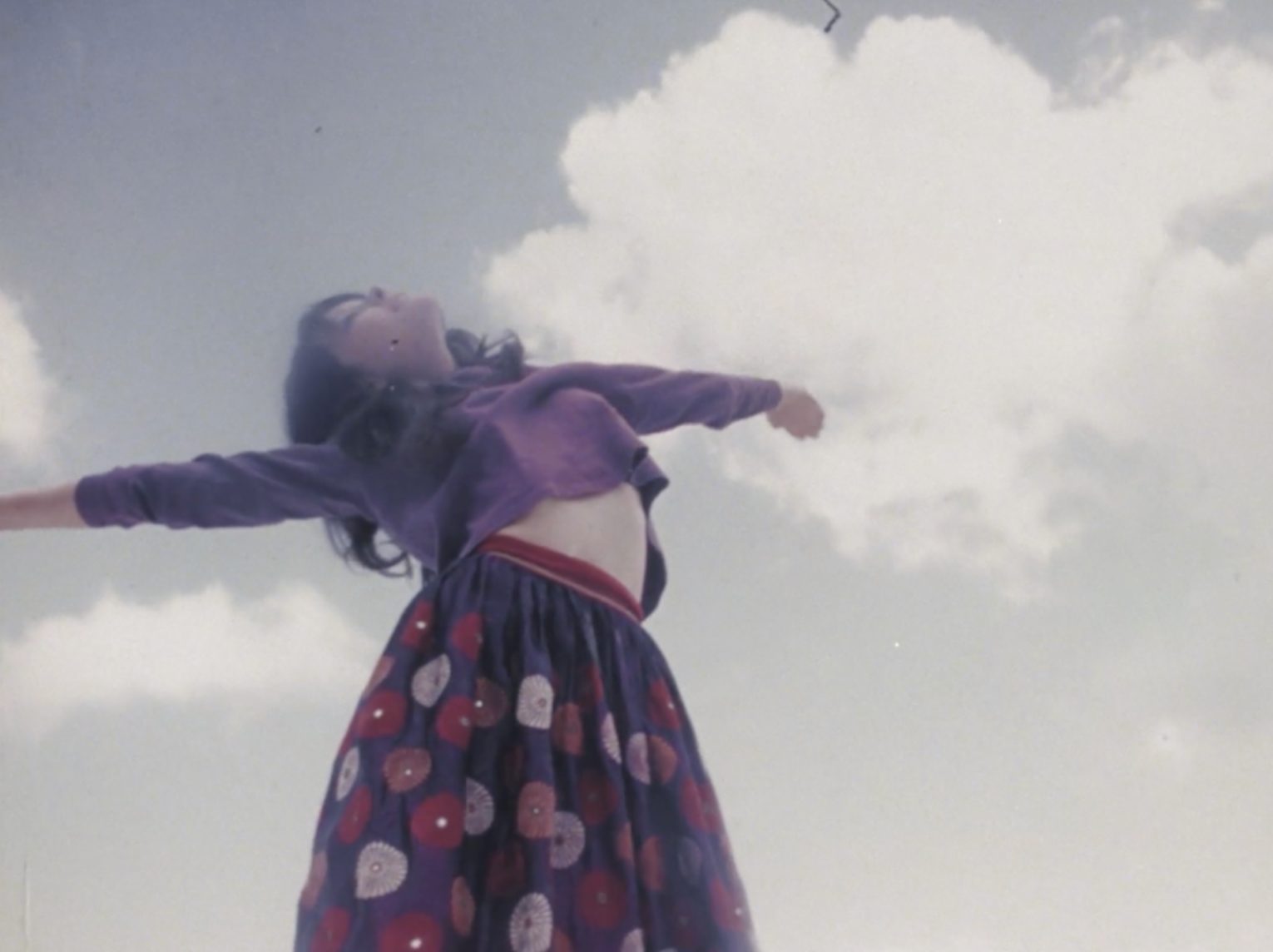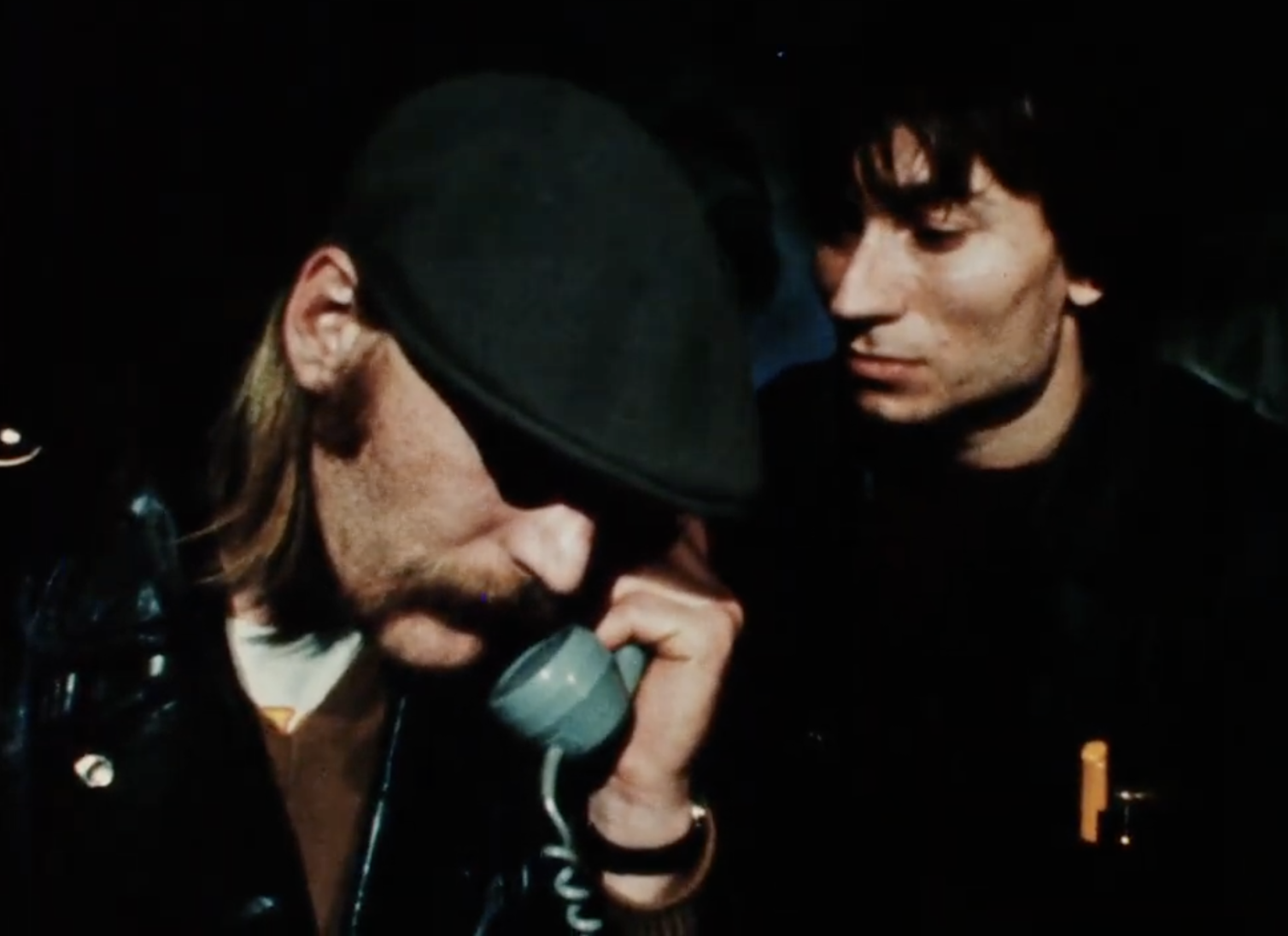The Pierre Clémenti Collection
/FILMMAKER AND ACTOR PIERRE Clémenti. SOURCE: HYPERALLERGIC.
In 1967, Pierre Clémenti’s purchase of a 16mm camera unleashed a two-decade drive to capture life around him. Chronicling family, friends, travels, life on film sets, and the barricades of May 1968, his small-gauge diaries, bursting with psychedelic flair and ingenious editing, comprise a significant body of underground films. Rarely seen outside of Clémenti’s inner circle in his lifetime, the entirety of his directorial output is [now available] in stunning digital restorations. —The Museum of Modern Art
Dubbed by eminent film critic Michael Chaikin as “one of the most incendiary and enigmatic figures to emerge from the post-New Wave cinema,” Pierre Clémenti was the muse of such notable auteurs as Luchino Visconti, Luis Buñuel, Pier Paolo Pasolini, Bernardo Bertolucci, and Glauber Rocha. As an actor, Clémenti portrayed a wide swath of characters in European cinema that ranged from hippies to cannibals to (in Buñuel’s 1969 feature THE MILKY WAY) the Devil himself. Arguably his most famous role was as Marcel, the sadistic client of a sex worker portrayed by Catherine Deneuve, in Buñuel’s classic BELLE DU JOUR (1967).
An iconoclast with an anarchic spirit, Clémenti grew restless with his acting career and the superficial trappings of movie star celebrity. Using the money he earned for starring in BELLE DU JOUR, the artist purchased a 16mm camera and began making, in the words of film critic Aaron Cutler, “the most aesthetically conscious home movies ever assembled — [Jonas] Mekas and [Stan] Brakhage aside.” To quote curator Christoph Huber, Clémenti’s films were “poetic, psychedelic, and personal” evocations that “translated into visual fireworks the ethos of his circle of dandy artists, fueled by Rimbaud, surrealism, and the Pre-Raphaelites.” Though he rubbed shoulders with numerous figures associated with the French New Wave, the Zanzibar film collective, and the New American Cinema — and while his films can be read and contextualized within these disparate yet interrelated movements — Clémenti was a singular and fiercely independent artist whose indelible films defy easy categorization.
In the wake of the May 1968 protests in France — wherein student demonstrations against university conditions and state repression evolved into a nationwide general strike that bordered on revolution — Clémenti’s filmmaking grew increasingly political. The artist’s Leftist activism made him a target of the French authorities, who eventually imprisoned him, without trial, on drug charges in 1971. Clémenti nonetheless continued to act and make films, and in the words of journalist Brian Baxter, by the time of the artist’s death in 2000 he came to be regarded as “an incarnation of a period long gone from both cinema and life… [one] now replaced with the conformity he could not abide.”
The films Clémenti directed remained elusive until 2022, when his son Balthazar Clémenti spearheaded 2K restorations of his father’s oeuvre. Gartenberg Media Enterprises is proud to distribute to North American academic institutions these digital restorations of Clémenti’s works, which constitute a fascinating and long overlooked chapter in 1960s avant-garde film history.
NEW OLD: OU LES CHRONIQUES DU TEMPS PRÉSENT (France, 1979, Pierre Clémenti)
Clémenti’s second film is the chronicle of his life as an artist… it was shown in various cuts with live music before its final edit in 1979. Spanning the set of Luchino Visconti’s THE LEOPARD, Maurice Béjart’s ballets, and an encounter with Viva in Andy Warhol’s New York, the film’s episodic quality evokes Clémenti’s peripatetic existence. Its narrative vignettes are Clémenti’s first use of voiceover, bringing intimate sentiment and somber tones to a more introspective work. —The Museum of Modern Art
LA RÉVOLUTION N'EST QU'UN DÉBUT. CONTINUONS LE COMBAT (France, 1968, Pierre Clémenti)
Half family photo album, half “ciné-tract,” Pierre Clémenti’s LA RÉVOLUTION N'EST QU'UN DÉBUT. CONTINUONS LE COMBAT follows the actor and filmmaker during the making of Bernardo Bertolucci’s 1968 dramatic feature PARTNER in Italy. In the midst of production, Clémenti travels extensively between Rome and Paris — where the May ‘68 protests were taking place — thereby leading a double life as both artist and activist.
POSITANO (France, 1968, Pierre Clémenti)
Positano is an island of the Amalfi Coast that Neptune would have, according to legend, created for the love of a nymph. Not unlike Neptune, Pierre Clémenti’s POSITANO embodies a total love in which family and friends are seized in the same poetic field. Perched on the rocks of the island, the house of Frédéric Pardo and Tina Aumont became, in 1968, a meeting place for the French “underground.” Clémenti lived in Pardo and Aumont’s house for some time and, in POSITANO, created images of dazzling sensuality.
SOUVENIRS, SOUVENIRS (France, 1967-78, Pierre Clémenti)
SOUVENIRS, SOUVENIRS consists of some of the earliest footage that Pierre Clémenti ever shot. It is the closest of his works to a traditional home movie, although its fleeting shots of Catherine Deneuve on set with Michel Deville and Philippe Garrel during the making of LE LIT DE LA VIERGE are accompanied by bursts of color that would become Clémenti’s signature as an avant-garde cineaste.
LA DEUXIÈME FEMME (France, 1978, Pierre Clémenti)
Dense with hallucinatory visuals and frenetic montages, LA DEUXIÈME FEMME presents a filmic whirlwind through Pierre Clémenti’s family life, as well as his life on film sets as an actor. The title of the piece refers to the artist’s second wife, Nadine, but it also functions as a filmic love letter to his mother, and to artists and Warhol superstars Nico and Viva.
À L'OMBRE DE LA CANAILLE BLEU (France, 1985, Pierre Clémenti)
À L'OMBRE DE LA CANAILLE BLEU (English translation: IN THE SHADOW OF THE BLUE RASCAL) is set in the underbelly of “Nécrocity,” a city of nightly terrors. In this fictionalized Paris, fueled by heroin and paranoia, an anarchist group (played by Pierre Clémenti’s inner circle) — whose mastermind is a villainous military leader played by Clémenti himself — tries to keep one step ahead of the grip of state power. After 300 kilos of heroin goes missing, a significant wave of crime is catalyzed.
SOLEIL (France, 1988, Pierre Clémenti)
In his final film SOLEIL, Pierre Clémenti amalgamates the stylistic elements of his previous film (and sole feature), À L'OMBRE DE LA CANAILLE BLEU, with influences from his poetry and earlier work as a filmmaker. Via dramatic reenactment, Clémenti reflects on his unlawful arrest in 1972 for drug possession, whereupon he was imprisoned, without trial, for 17 months. The film also features extensive footage of Clémenti’s family and children, including his wife Margareth and son Balthazar.










